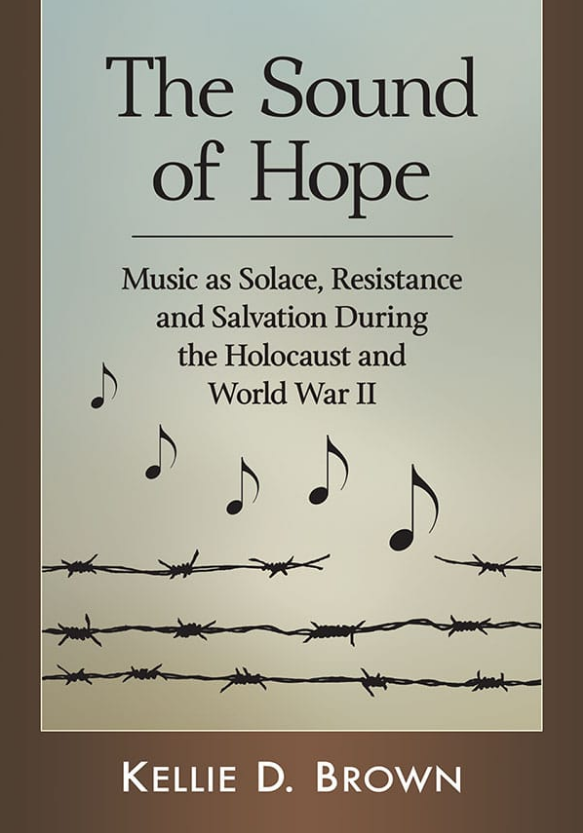The following Books (76 items) were received into the Library collection for both the Welshimer and Seminary Libraries through expense accounts and by donation in February 2021.
Seminary Library
Anthropology
The house of the father as fact and symbol: patrimonialism in Ugarit and the ancient Near East, 2001.
Language and Literature
The variae: the complete translation by M. Shane Bjornlie, 2019.
Medicine
Our malady: lessons in liberty from a hospital diary, 2020.
Philosophy, Psychology, and Religion
The book of Amos by M. Daniel Carroll, 2020.
The breadth of salvation: rediscovering the fullness of God’s saving work, 2020.
The Codex Amiatinus and its “sister” Bibles: Scripture, liturgy, and art in the milieu of the Venerable Bede, 2019.
Creation and ecology: the political economy of ancient Israel and the environmental crisis, 2020.
Dogmatic ecclesiology by Tom Greggs, 2019.
The first letter of Peter: a global commentary by Lambeth Conference, Jennifer R. Strawbridge, Robert Stewart Heaney, Emma Ineson, and Justin Welby, 2020.
Genesis by Abraham Tal, 2015.
Gospel haymanot: a constructive theology and critical reflection on African and diasporic Christianity, 2020.
How (not) to read the Bible: making sense of the anti-women, anti-science, pro-violence, pro-slavery, and other crazy-sounding parts of scripture, 2020.
Howard Thurman and the disinherited: a religious biography, 2020.
Interfaith leadership: a primer by Eboo Patel, 2016.
Proverbs by Jan de Waard, 2008.
Retrieving Augustine’s doctrine of creation: ancient wisdom for current controversy, 2020.
The saints’ guide to happiness by Robert Ellsberg, 2003.
The spiritual way: classic traditions and contemporary practice, 2019.
Veritas: a Harvard professor, a con man and the Gospel of Jesus’s Wife, 2020.
White too long: the legacy of white supremacy in American Christianity, 2020.
Social Sciences
How to fight racism: courageous Christianity and the journey toward racial justice, 2021.
The rise and triumph of the modern self: cultural amnesia, expressive individualism, and the road to sexual revolution, 2020.
New Testament Seminar
The apocalypse of John: a commentary by Francis J. Moloney, 2020.
The early textual transmission of John: stability and fluidity in its second and third century Greek manuscripts, 2018.
The gospels as stories: a narrative approach to Matthew, Mark, Luke, and John, 2020.
Introducing the Pseudepigrapha of Second Temple Judaism: message, context, and significance, 2020.
Jesus and the forces of death: the Gospels’ portrayal of ritual impurity within first-century Judaism, 2021.
Jewish roots of Eastern Christian mysticism: studies in honor of Alexander Golitzin, 2020.
Khirbet Qumrân and Aïn Feshkha, 2019.
Lift up your heads: nonverbal communication and related body imagery in the Bible, 2018.
Linguistics and New Testament Greek: key issues in the current debate, 2020.
The new day of atonement: a Matthean typology, 2020.
Perspectives on Paul: five views, 2020.
Reading Revelation in context: John’s Apocalypse and Second Temple Judaism, 2019.
A socio-rhetorical interpretation of the letter to Philemon in light of the new institutional economics: an exhortation to transform a master-slave economic relationship into a brotherly loving relationship, 2017.
To live in the Spirit: Paul and the spirit of God, 2019.
New Testament Seminar Reference
The New Testament Gospels in Manichaean tradition: the sources in Syriac, Greek, Coptic, Middle Persian, Parthian, Sogdian, Bactrian, New Persian, and Arabic: with appendices on the “Gospel of Thomas” and Diatessaron, 2020.
Donated Gift Items to the Milligan Libraries
After The passion is gone: American religious consequences.
Beyond borders: thinking critically about global issues.
Black like me.
The burden of the flesh: fasting and sexuality in early Christianity.
The Cambridge companion to Orthodox Christian theology.
China from the inside [DVD].
The Christian sacraments: or, A scriptural exhibition of the nature, design, mode and subjects of Christian baptism: in which every important question, touching the subject, is fairly stated, and fully and scripturally answered. Also, a History of immersion, as a religious rite, from its rise among the Jews to the present time. Together with the nature, design, proper use, perpetuity, and proper subjects of the sacrament of the Lord’s supper: designed as a halp [sic] to a correct understanding and proper use of the Christian sacraments.
The Church of Christ – essential, all-sufficient, indestructable, perpetually relevant: being the Freed-Hardeman College Lectures of 1971.
Encyclopedia of religion and film.
The fire this time: a new generation speaks about race.
Gender diversity: crosscultural variations.
Gendered lives: communication, gender, and culture.
The Gospel according to Hollywood.
Holy cow [DVD].
Holy superheroes!: exploring the sacred in comics, graphic novels, and film.
Home by Marilynne Robinson.
How to be an antiracist.
In good faith: questioning religion and atheism.
Inquiry about the monks in Egypt.
My life [DVD].
A new practical primer of literary Chinese.
No one can stem the tide: selected poems, 1931-1991.
The other side of the river: a story of two towns, a death, and America’s dilemma.
Pondering the Passion: what’s at stake for Christians and Jews?
Privilege: a reader.
Race, class, and gender in the United States: an integrated study.
Racism without racists: color-blind racism and the persistence of racial inequality in America.
Report of the National Advisory Commission on Civil Disorders.
Saint Anselm: a portrait in a landscape.
Salvage the bones: a novel.
Screen christologies: redemption and the medium of film.
The word in this world: two sermons by Karl Barth, Christopher Asprey, and Kurt I. Johanson.
There are no children here: the story of two boys growing up in the other America.
Toward the endless day: the life of Elisabeth Behr-Sigel.
Treatises on Noah and David Ambrose and Brian Dunkle.
Tuesdays with Morrie [DVD].
Understanding race and ethnic relations.
White privilege: essential readings on the other side of racism.
Working toward whiteness: how America’s immigrants became white: the strange journey from Ellis Island to the suburbs.

